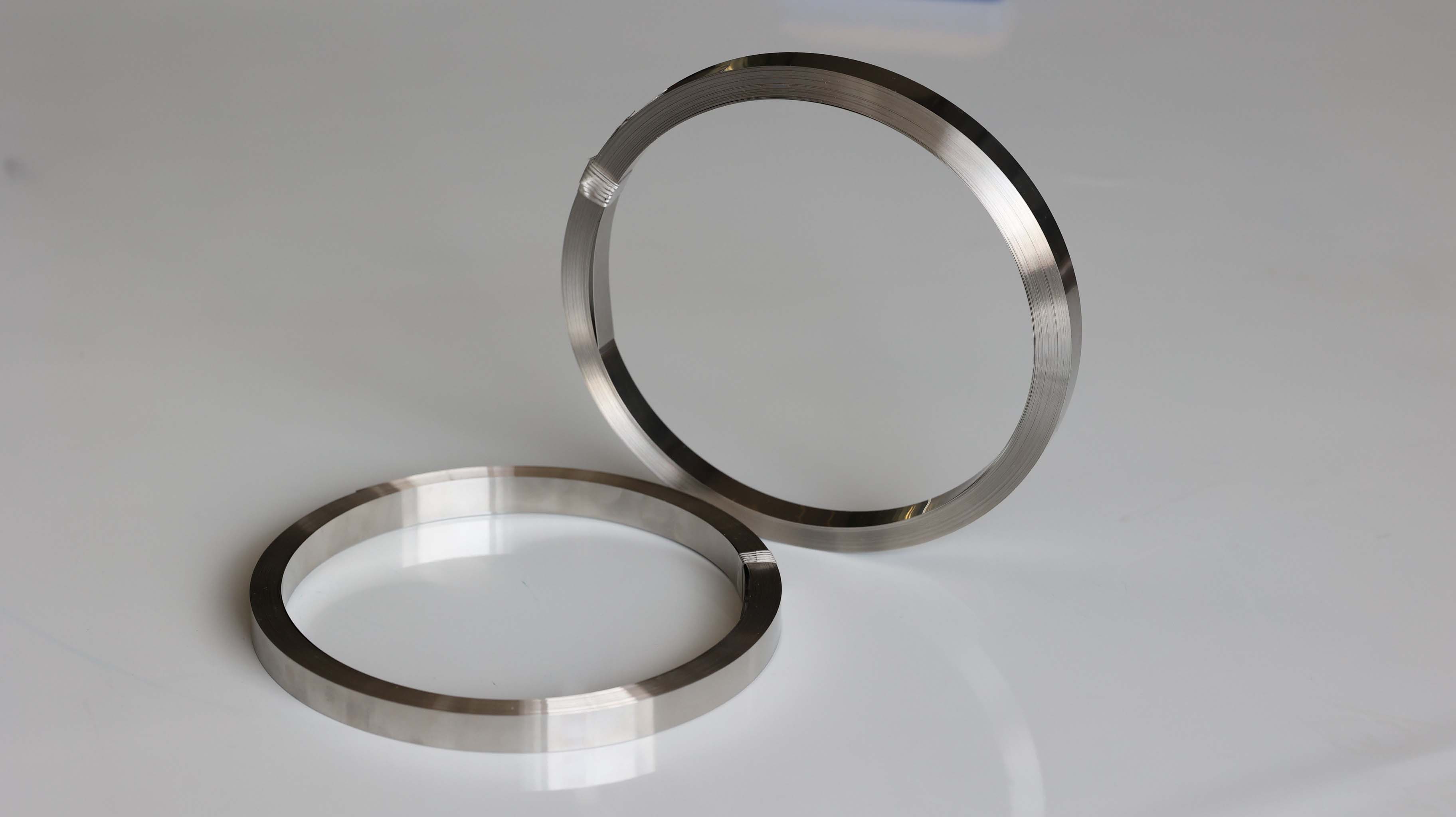- Phone:+86-17331948172 +86-0319-8862898
- E-mail: inquiry@puxingclamp.com
જુલાઈ . 26, 2024 14:04 Back to list
Troubleshooting Issues with Hose Clamps Failing to Tighten Properly for Secure Connections
Troubleshooting Hose Clamps Resolving Tightening Issues
Hose clamps are essential components used across various industries to secure hoses and prevent leakage. They come in different designs and materials, but their primary purpose remains constant to create a tight seal that holds hoses in place. However, there are instances when a hose clamp fails to tighten correctly, leading to leaks, system inefficiencies, and potential safety hazards. This article explores the reasons behind hose clamps not tightening effectively and offers solutions to mitigate these issues.
Understanding Hose Clamp Mechanisms
Before delving into troubleshooting, it is crucial to understand how hose clamps operate. Typically, hose clamps consist of a band that encircles the hose, a screw or bolt that provides tension, and sometimes, a locking mechanism. When the screw is tightened, the band compresses the hose against the fitting or connection point, creating a seal. If this process is compromised, it may lead to the clamp not tightening as intended.
Common Reasons for Tightening Issues
1. Incorrect Size or Type of Clamp Using a hose clamp that is either too large or too small for the application is one of the most common problems. An oversized clamp may not provide adequate pressure, while a undersized clamp could stress the hose and lead to damage. Additionally, different materials (such as worm gear, constant tension, or spring clamps) serve various applications, and choosing the wrong type can lead to failures.
2. Worn or Damaged Clamp Hose clamps are subjected to harsh environments, including exposure to chemicals, extreme temperatures, and mechanical wear. Over time, clamps can become corroded or weakened, preventing them from achieving proper tightness. Regular inspections for signs of wear can help identify when a clamp needs replacement.
3. Improper Installation Even the best hose clamp can fail if not installed correctly. Ensuring that the clamp is positioned evenly around the hose and that the screw is tightened in a uniform manner is critical. Over-tightening can also cause damage to the hose or the clamp itself, leading to ineffective sealing.
4. Hose Material and Condition The type of hose being secured plays a significant role in the effectiveness of a clamp. Certain materials, such as rubber or silicone, may deform under pressure, affecting the seal. Moreover, older hoses may have cracks or degradation that the clamp cannot compensate for, leading to leaks.
hose clamp not tightening

Solutions to Tightening Problems
To address issues with hose clamps not tightening properly, consider the following steps
1. Choose the Right Clamp Always select a hose clamp that matches the diameter and type of the hose. Consult manufacturer specifications to ensure compatibility. It’s a good practice to keep a variety of clamp sizes on hand to accommodate different needs.
2. Inspect Regularly Periodic inspections can catch signs of wear early. Look for corrosion, deformation, or any signs of mechanical failure in the clamps. Replace worn-out clamps promptly to avoid leaks.
3. Follow Proper Installation Procedures Ensure the hose is clean and dry before installing the clamp. Position the clamp evenly and avoid over-tightening, which can damage both the clamp and the hose. Use a torque wrench if necessary to achieve the recommended pressure.
4. Evaluate Hose Condition If leaks persist even after tightening the clamp, inspect the hose itself. Replace old or damaged hoses to create a reliable seal.
Conclusion
While hose clamps are simple devices, their proper function is vital for the integrity of any system that relies on fluid transport. By understanding the common reasons for tightening issues and implementing effective solutions, you can ensure that your hoses remain secure, minimizing the risk of leaks and other complications. Regular maintenance and awareness of the components involved can go a long way in prolonging the life of your hoses and clamps, ultimately enhancing efficiency and safety.
-
Durable Hose Clamps with GPT-4 Turbo Tech | Secure Sealing
NewsJul.31,2025
-
Large Stainless Steel Adjustable American Type Hose Clamp - Hebei Pux Alloy Technology Co., Ltd|Corrosion Resistance&High Breaking Torque
NewsJul.30,2025
-
Large Stainless Steel Adjustable American Type Hose Clamp - Hebei Pux Alloy Technology Co., Ltd
NewsJul.30,2025
-
Large Stainless Steel Adjustable American Type Hose Clamp - Hebei Pux Alloy Technology Co., Ltd|Corrosion Resistance&Industrial Applications
NewsJul.30,2025
-
Large Stainless Steel Adjustable American Type Hose Clamp-Hebei Pux Alloy Technology Co., Ltd|Corrosion Resistance, Adjustable Design
NewsJul.30,2025
-
Large Stainless Steel Adjustable American Type Hose Clamp - Hebei Pux Alloy Technology Co., Ltd. | High Breaking Torque & Corrosion Resistance
NewsJul.30,2025




